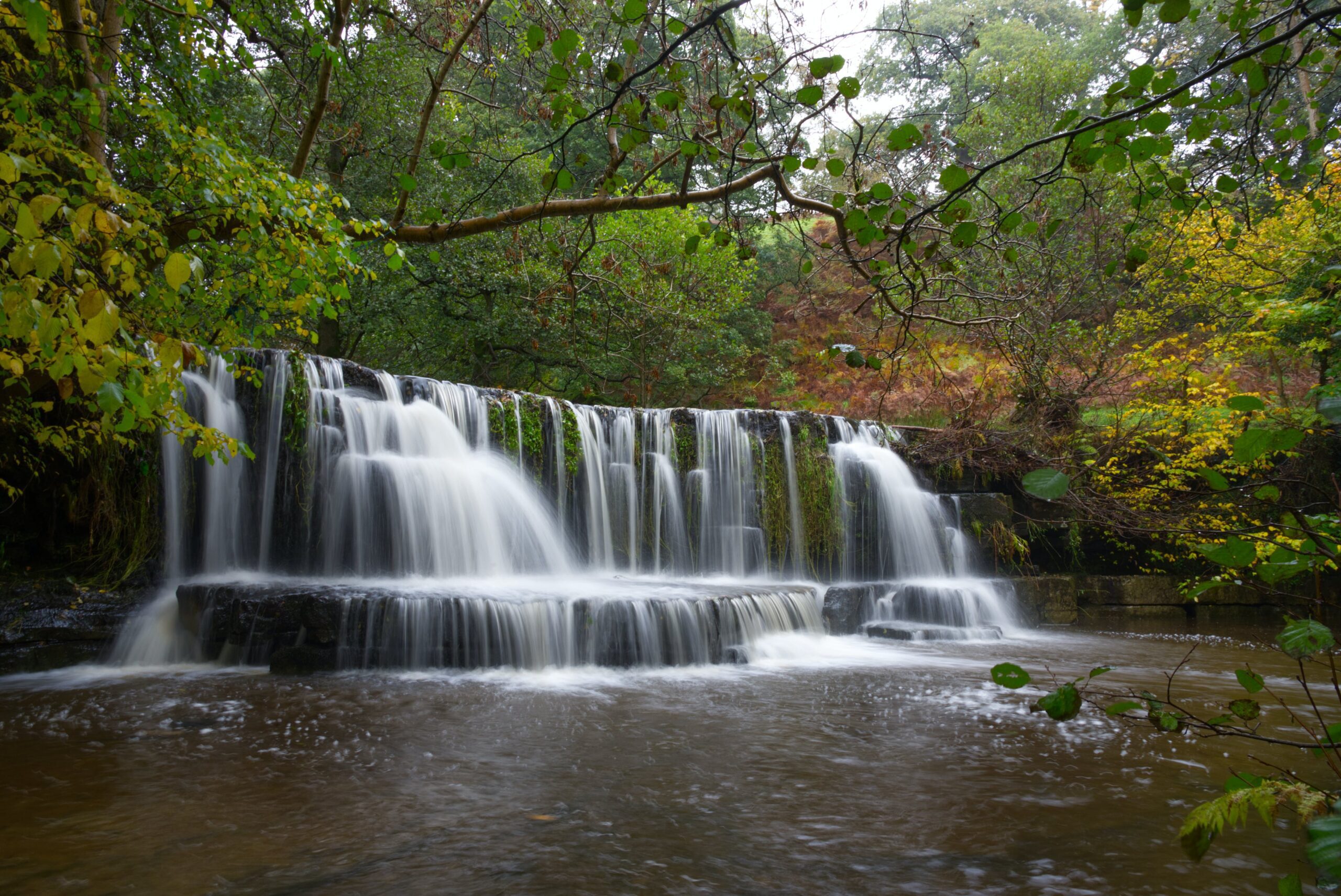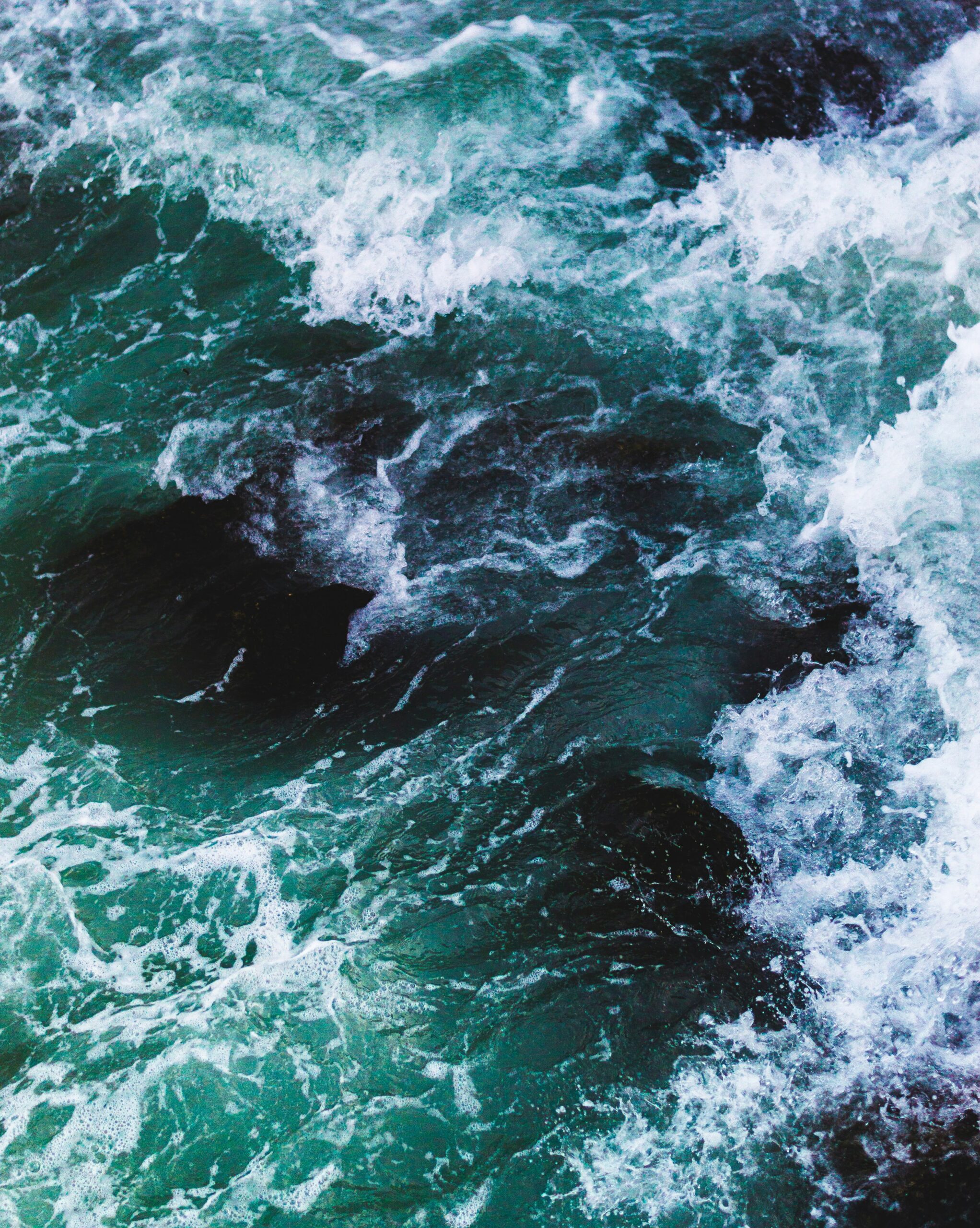If you rely on a water well for your daily needs, ensuring its safety and purity is of utmost importance. Chemical contamination poses a significant threat to the quality of your well water, but fear not! There are several practical steps you can take to safeguard your water supply. By implementing measures such as regular testing, proper storage of chemicals, and careful monitoring of nearby activities, you can protect your well water from contamination and ensure the health and well-being of you and your loved ones. Rest easy knowing that you have the power to keep your water crystal-clear and free from harmful chemicals.
Choosing a Suitable Location for Water Wells
Researching Local Regulations
When choosing a location for your water well, it is essential to research and understand the local regulations governing well construction. These regulations vary from one jurisdiction to another and are put in place to ensure the safety of the groundwater supply. By familiarizing yourself with these regulations, you can ensure that your well is constructed in compliance with the guidelines and minimize the risk of contamination.
Considering Distance from Potential Contaminants
Another crucial factor to consider when selecting a location for your water well is its proximity to potential sources of contamination. It is advisable to locate the well at a safe distance from potential contaminant sources such as septic systems, agricultural activities, chemical storage facilities, and industrial sites. By keeping a safe distance between your well and these potential sources of contamination, you reduce the likelihood of harmful substances seeping into your water supply.
Avoiding Areas with Industrial Activities
Industrial activities have the potential to introduce a wide range of pollutants into the environment, including harmful chemicals. When choosing a location for your water well, it is best to avoid areas with heavy industrial activities. These activities may include manufacturing plants, chemical processing facilities, or other industries that handle or produce hazardous materials. By steering clear of such areas, you can minimize the risk of chemical contamination and ensure the safety of your water supply.
Constructing the Water Well Properly
Ensuring Proper Casing Installation
One of the key elements of a well-constructed water well is the installation of proper casing. Casing acts as a protective barrier between the wellbore and the surrounding soil or rock formations. It prevents the entry of contaminants from the surface and helps maintain the integrity of the well. When constructing your water well, it is crucial to ensure that the casing is properly installed, following the recommended standards and guidelines. This will help prevent the migration of chemicals into your well and protect the quality of your water.
Using High-Quality Materials
When constructing a water well, it is essential to use high-quality materials that are resistant to corrosion and can withstand the test of time. The use of substandard materials can lead to the degradation of the well structure, which may result in the entry of contaminants into the water supply. By investing in high-quality materials, you can ensure the longevity and integrity of your water well and minimize the chances of chemical contamination.
Sealing the Well Effectively
Well sealing is a critical aspect of proper well construction. It involves the installation of seals and grouts to prevent the migration of contaminants along the annular space between the casing and the borehole. Proper well sealing helps maintain the integrity of the well and protects against the entry of surface water, chemicals, and other potential contaminants. It is essential to employ effective well sealing techniques and regularly inspect and maintain the seals to prevent the risk of chemical contamination.

Monitoring the Well Regularly
Testing Well Water for Chemical Contaminants
Regular testing of well water is essential to detect any chemical contaminants that may be present. It is advisable to conduct comprehensive water quality tests, including tests for common chemical pollutants, to ensure the safety of your water supply. Testing should be performed by a certified laboratory, and the frequency of testing can vary depending on factors such as local regulations, well age, and proximity to potential contaminant sources. By monitoring the water quality regularly, you can identify potential issues early on and take appropriate measures to address them.
Checking for Signs of Contamination
In addition to conducting water quality tests, it is important to regularly inspect your well and its surroundings for signs of contamination. Signs of contamination may include changes in water color, odor, or taste, as well as the presence of floating particles or unusual sediment. Any abnormality should be investigated promptly to determine the source of contamination and take necessary corrective actions. Regular visual inspections can help detect potential issues before they become serious threats to the well water quality.
Maintaining Proper Well Sanitation
Maintaining proper well sanitation is crucial for preventing the growth of harmful bacteria and other microorganisms in the well. Regularly disinfecting the well and its components, such as the pump and pipes, can help eliminate potential contaminants and ensure the safety of the water supply. It is important to follow the recommended procedures and use approved disinfectants when sanitizing your well. Adequate well sanitation practices, combined with regular monitoring, can contribute to the prevention of chemical contamination and the overall well-being of your water supply.
Preventing Chemical Spills and Leaks
Storing Chemicals Properly
Proper storage of chemicals is essential to prevent spills and leaks that could contaminate the surrounding environment and ultimately reach your water well. Chemicals should be stored in designated areas that are secure, well-ventilated, and equipped with appropriate containment systems. It is important to follow the manufacturer’s instructions for storage and handling of chemicals and ensure that incompatible substances are stored separately to avoid potential reactions. By storing chemicals properly, you can minimize the risk of accidental spills and leaks that could jeopardize the safety of your water supply.
Using Secondary Containment
In addition to proper chemical storage, implementing secondary containment measures can provide an extra layer of protection against spills and leaks. Secondary containment involves the use of secondary containment structures or systems, such as containment berms or double-walled storage tanks, to capture and contain any chemical releases. These measures help prevent contaminants from reaching the environment and potentially infiltrating your water well. By utilizing secondary containment, you can enhance the safety and integrity of your chemical storage systems.
Implementing Spill Prevention Measures
Implementing spill prevention measures is crucial for minimizing the risk of chemical spills that could impact your water well. This includes instituting proper handling procedures, training employees on spill response and cleanup protocols, and regularly inspecting and maintaining chemical storage and handling equipment. It is also important to have spill kits readily available and to develop a spill response plan that outlines the steps to be taken in the event of a spill. By being proactive and prepared, you can significantly reduce the likelihood of chemical spills and their potential impact on your water supply.

Minimizing Chemical Use in the Vicinity of the Well
Replacing Chemicals with Environmentally Friendly Alternatives
One effective measure to prevent chemical contamination is to replace hazardous chemicals with environmentally friendly alternatives whenever possible. Many industries and households have transitioned to safer and more sustainable chemical options that are less likely to pose risks to human health and the environment. By making conscious choices to use non-toxic or less hazardous substances, you can help minimize the potential impact on your water supply and promote a healthier environment.
Limiting the Use of Chemicals
Another way to minimize the risk of chemical contamination is to limit the use of chemicals in the vicinity of your well. This can include reducing the amount of fertilizers, pesticides, and other chemicals used in gardening and landscaping practices. By adopting sustainable and organic gardening techniques, you can minimize the introduction of harmful chemicals into the soil and subsequent runoff into your water well. Additionally, being mindful of the products you use for household cleaning and personal care can also contribute to reducing chemical exposure in your local environment.
Protecting the Wellhead
Installing a Secure Well Cap and Seal
The wellhead is a critical component of your water well system and must be adequately protected to prevent contaminants from entering the well. Installing a secure well cap and seal is essential to prevent the entry of insects, rodents, debris, and surface water that may carry contaminants. Well caps should be properly fitted and regularly inspected for any signs of damage or deterioration. By ensuring the integrity of the wellhead, you can maintain the quality and safety of your water supply.
Keeping the Area Around the Wellhead Clean
Maintaining cleanliness around the wellhead is important for preventing the introduction of contaminants. Ensure that the area surrounding the wellhead is free from debris, chemicals, and other potential sources of pollution. Avoid storing or using hazardous substances near the wellhead and regularly inspect the area for any signs of contamination. By keeping the surroundings clean and free from potential pollutants, you can protect the integrity of your water well and preserve the quality of your water supply.

Implementing Best Management Practices (BMPs)
Following Proper Waste Disposal Methods
Proper waste disposal is critical for preventing the contamination of your water well and the surrounding environment. It is important to follow the recommended waste disposal methods for various types of waste, including chemical containers, used filters, and other potentially hazardous materials. Dispose of waste materials in accordance with local regulations and guidelines, ensuring that they are handled and transported safely. By adhering to proper waste disposal practices, you can contribute to the protection of your water supply and the overall well-being of the environment.
Educating Proper Chemical Handling Techniques
Education plays a vital role in preventing chemical contamination. By educating yourself and others about proper chemical handling techniques, you can minimize the risk of spills, leaks, and other incidents that could impact your water well. It is important to ensure that anyone who handles chemicals is trained on the proper procedures for storage, handling, and disposal. Providing information and resources on best practices can empower individuals and communities to take proactive measures in safeguarding their water supplies.
Building Barriers against Runoff
Constructing Drainage Systems
Constructing proper drainage systems around your property can help prevent runoff from reaching your water well and potentially contaminating it with chemicals. Properly designed drainage systems can divert rainwater and surface runoff away from the well, reducing the risk of contamination. It is important to consider factors such as slope, soil type, and vegetation when planning and implementing drainage systems. By effectively managing runoff, you can protect the integrity of your well water and maintain its quality.
Creating Vegetative Buffers
Creating vegetative buffers around your property can also serve as a barrier against runoff and chemical contamination. Planting trees, shrubs, and grasses in strategic locations can help absorb and filter runoff, reducing the chance of pollutants reaching your water well. Vegetative buffers also provide habitat for beneficial organisms and help prevent soil erosion, further promoting a healthy and resilient ecosystem. By incorporating vegetative buffers into your property design, you can contribute to the protection of your water supply and enhance the overall environmental quality.

Maintaining a Safe Distance from Agricultural Activities
Considering Agricultural Practices in the Vicinity
When selecting a location for your water well, it is important to consider the agricultural practices in the vicinity. Agricultural activities, such as the use of fertilizers, pesticides, and manure, can potentially introduce chemicals into the environment and contaminate the groundwater. By maintaining a safe distance from agricultural areas or taking appropriate precautions, you can reduce the likelihood of chemical contamination of your water well. Consulting with agricultural experts or local authorities can provide valuable insights for determining safe distances and mitigating potential risks.
Keeping Wells Away from Manure Storage Areas
Manure storage areas pose a particular concern when it comes to water well contamination. Manure contains various contaminants, including pathogens and nutrients, that can seep into the groundwater and contaminate the water supply. To minimize the risk, it is essential to keep your well away from manure storage areas, both above and below ground. This includes considering the potential for runoff or leakage from manure storage facilities that could reach your well. By maintaining a safe distance, you can safeguard your water supply from the potential risks associated with manure contamination.
Educating Yourself and Others
Staying Informed about Local Water Quality
Being well-informed about the local water quality is essential for protecting your water well. Stay updated on any potential contaminants or changes in the water supply through reliable sources such as local health departments or water quality agencies. Being aware of any potential risks or concerns allows you to take appropriate actions to address them and protect the safety of your water supply. Regularly checking for updates and staying connected to the local water quality community can help you stay informed and make informed decisions regarding your well.
Sharing Knowledge with Neighbors and Community
Educating and sharing knowledge with neighbors and the wider community is an important step in preventing water well contamination by chemicals. By raising awareness and promoting proper practices, you can contribute to a collective effort in protecting water resources. Engage in conversations, participate in community events, or even organize information sessions to share your experiences and insights on water well protection. Building a sense of community and fostering a culture of responsible water management can have a significant impact on the long-term preservation of our precious water resources.
In conclusion, choosing a suitable location for water wells, constructing them properly, monitoring regularly, preventing chemical spills and leaks, minimizing chemical use and agricultural activities, protecting the wellhead, implementing best management practices, building barriers against runoff, and educating yourself and others are all crucial steps in preventing water well contamination by chemicals. By following these safety measures and taking a proactive approach, you can safeguard the quality and safety of your water supply, ensuring the well-being of yourself and your community.


